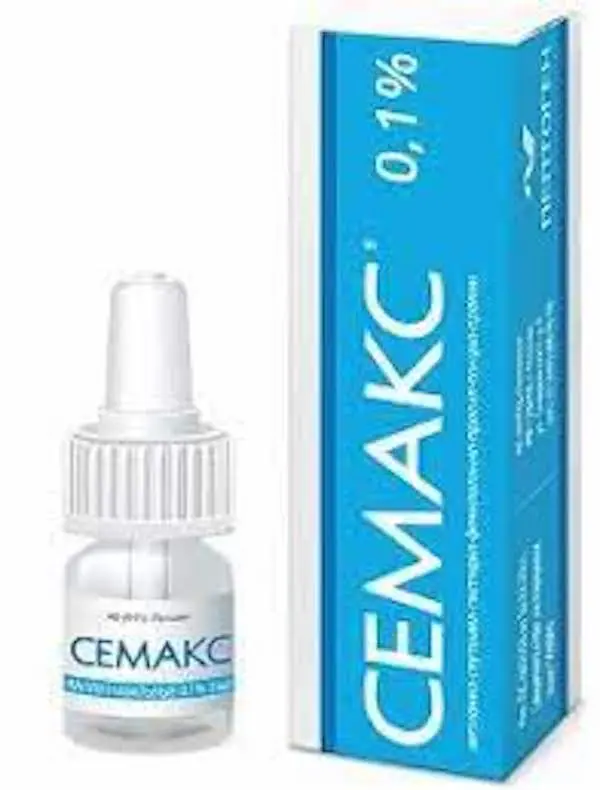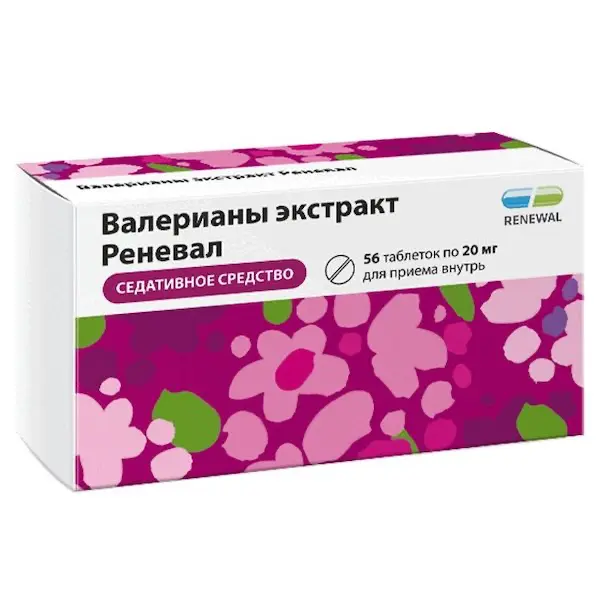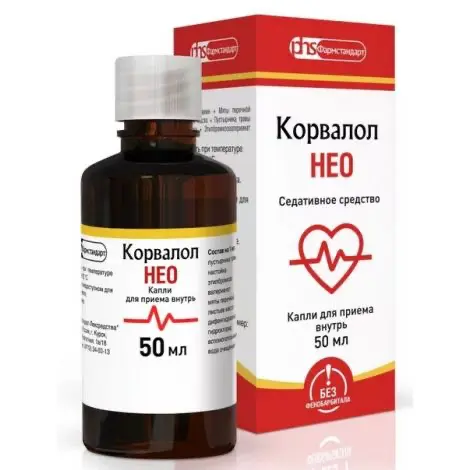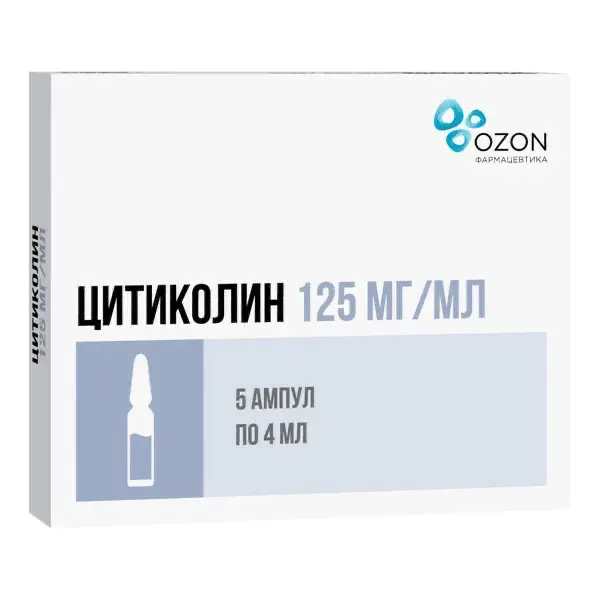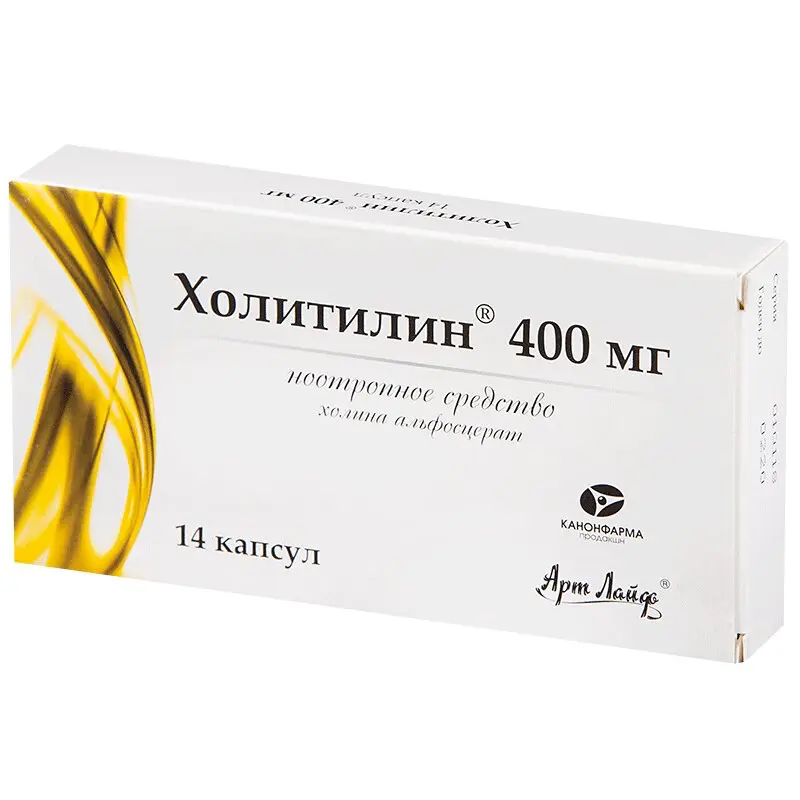Description
Semax Pharmacodynamics
Semax nasal drops 0.1% is an original synthetic peptide preparation, which is an analog of the adrenocorticotropic hormone fragment (ACTH4-10) (methionyl-glutamyl-histidyl-phenylalanyl-prolyl-glycyl-proline), completely devoid of hormonal activity. All amino acids are L-form.
Semax nasal drops 0.1% has an original mechanism of neurospecific action on the central nervous system (CNS). Semax nasal drops 0.1% is a synthetic analog of corticotropin, which has nootropic properties and is completely devoid of hormonal activity. The drug affects the processes associated with memory formation and learning. Semax nasal drops 0.1% increases attention during learning and information analysis, improves consolidation of memory trace in patients after neurosurgical interventions, craniocerebral trauma, suffering from cerebrovascular diseases, including discirculatory encephalopathy; improves body adaptation to hypoxia, cerebral ischemia, narcosis and other damaging influences. The drug is practically non-toxic when administered once and for a long time. It does not exhibit allergic, embryotoxic, teratogenic and mutagenic properties. It has no local irritant effect.
Indications
Intellectual and mental disorders in patients with cerebral vascular lesions, post-traumatic brain injury, neurosurgery and anesthesia, dyscircular encephalopathy, transient cerebral circulation disorders (TIA), as well as neurotic disorders of various origins, including conditions after ionizing radiation, the recovery period after a stroke. To increase the adaptive capacity of the human body in extreme situations, prevention of mental fatigue in a monotonous operator’s activity during the most intense periods of work in a stressful environment.
In ophthalmology, Semax is used for optic atrophy and neuritis of inflammatory and toxic-allergic etiology.
In pediatrics: as a nootropic medicine for children over 7 years of age in treatment of minimal brain dysfunctions (including ADHD – attention deficit hyperactivity disorder).
Contraindications
Hypersensitivity to the drug components. Children under 7 years of age. In ophthalmologic and neurosurgical practice, children under 18 years of age. Pregnancy, lactation, acute mental states, disorders accompanied by anxiety, convulsions in anamnesis.
Administration in ophthalmologic and neurosurgical practice in children under 18 years old is contraindicated. Clinical trials were not carried out.
Pregnancy and lactation:
Contraindicated. Clinical studies have not been conducted.
Dosage and administration
- Semax is administered intranasally using a bottle with a plastic screw cap or a dropper cap.
- If the bottle is sealed with a plastic screw cap, remove the plastic screw cap on initial use and replace it with the supplied cap pipette.
- Pour the drug into the pipette. Slightly tilting your head sideways, squeeze the required number of drops of the drug on the mucous membrane of the nasal passage. If the bottle is capped with a dropper cap, carefully cut off the tip of the pipette, close the pipette tightly with the cap. Before use, invert the bottle so that the liquid fills all the space of the pipette. Remove the cap and squeeze the required amount of drops of the drug on the mucous membrane of the nasal passage.
- Keep the bottle with the drug tightly closed with a pipette with a cap, or a plastic screw cap, or a dropper cap.
- One drop of the standard solution contains 50 µg of the active substance. Pipette the drug solution in an amount not exceeding 2-3 drops into each nasal passage. If it is necessary to increase the dosage, the introduction is carried out in several receptions at intervals of 10-15 minutes.
- In case of intellectual and mental disorders in patients with cerebral vascular lesions, dyscircular encephalopathy and transient cerebral circulatory disorders, the single dose is 200-2000 mcg (at the rate of 3-30 mcg/kg).
- The daily dose is 800-8000 micrograms (at the rate of 7-70 micrograms/kg).
- The drug is prescribed 2-3 drops in each nostril 4 times a day for 10-14 days, repeating the course of treatment if necessary.
- After craniocerebral trauma, neurosurgical operations and anesthesia a single dose is 1400 – 3500 mcg (40-50 mcg/kg) 3 times a day for 3 – 5 days. If necessary, the treatment course is prolonged up to 14 days.
- To increase the adaptive capacity of the human body and the prevention of mental fatigue 3-5 days 2-3 drops in each nasal passage 2-3 times in the first half of the day. The daily dose is 400-900 mcg/day. The course of treatment is repeated if necessary.
- In diseases of the optic nerve the drug is put into each nostril 2-3 times a day. The daily dose is 600-900 micrograms per day. The course of treatment is 7-10 days. In addition, the drug may be administered by endonasal electrophoresis. The drug is injected from the anode. The current strength is 1 mA, the duration of exposure is 8 -12-15 minutes.
- The daily dose is 400-600 mcg/day. The course of treatment is 7-10 days.
- In pediatrics:
- In children from 7 years old. In cases of minimal brain dysfunction: 1-2 drops in each nasal passage (at the rate of 5-6 mcg/kg) 2 times a day (morning and afternoon). The daily dose is 200-400 micrograms per day. The course of treatment is 30 days.

